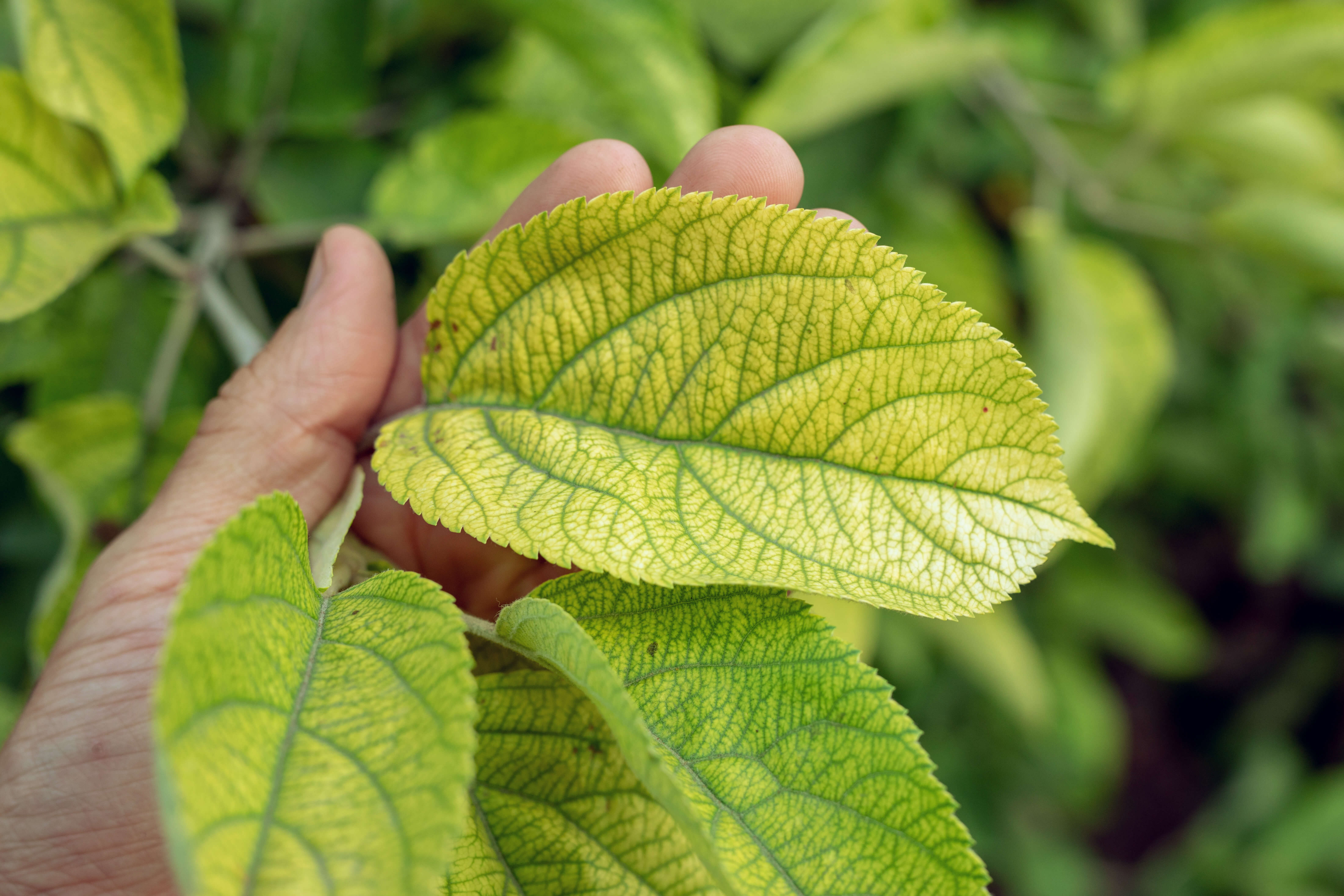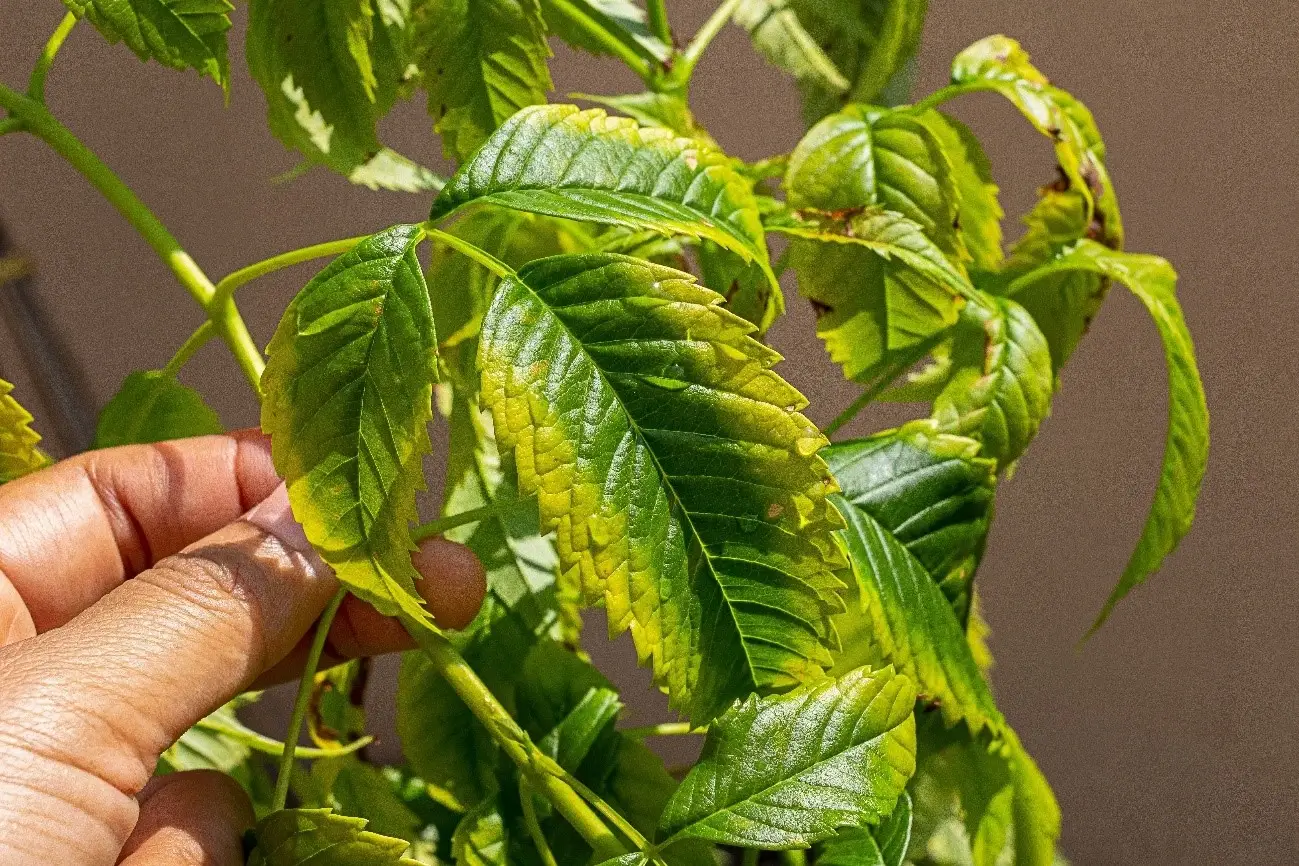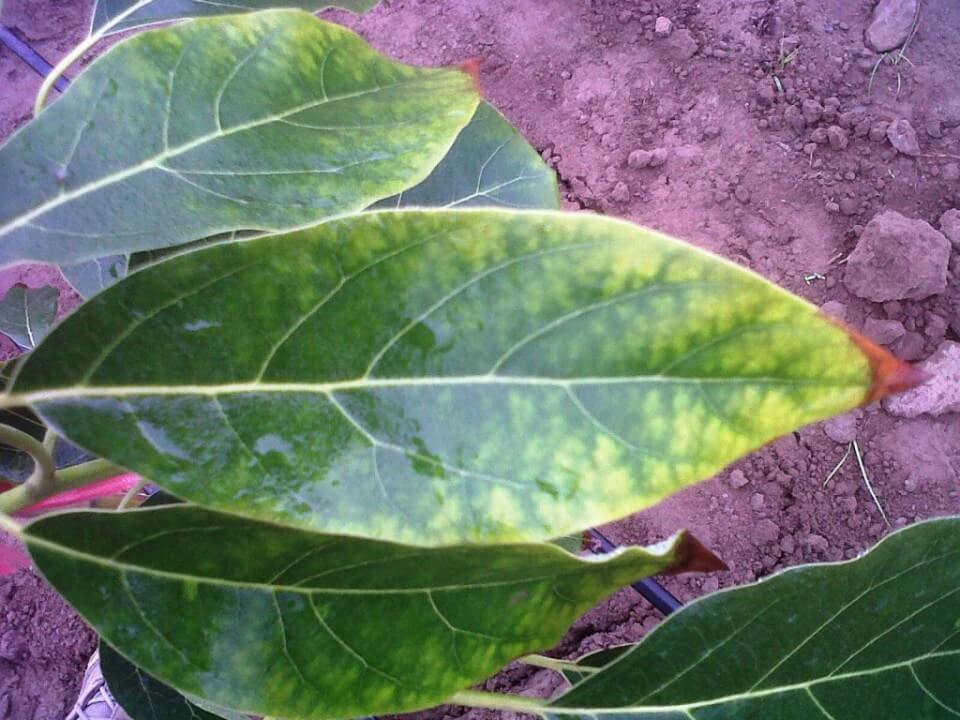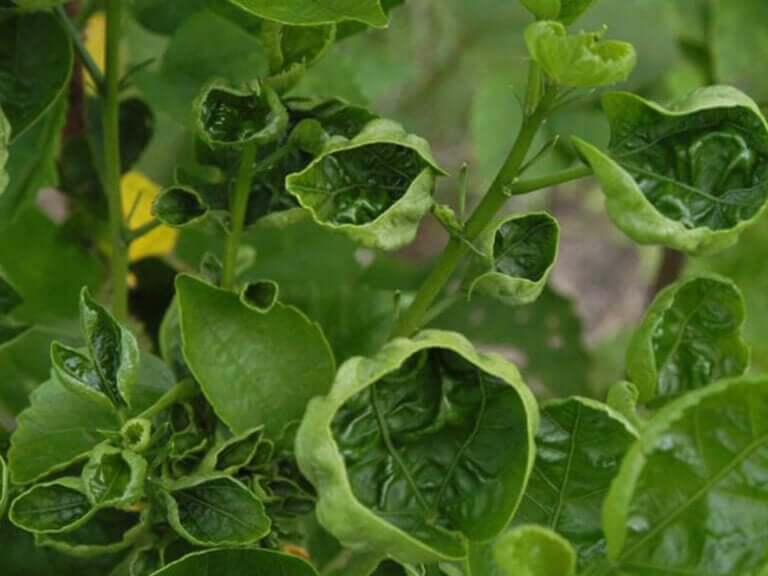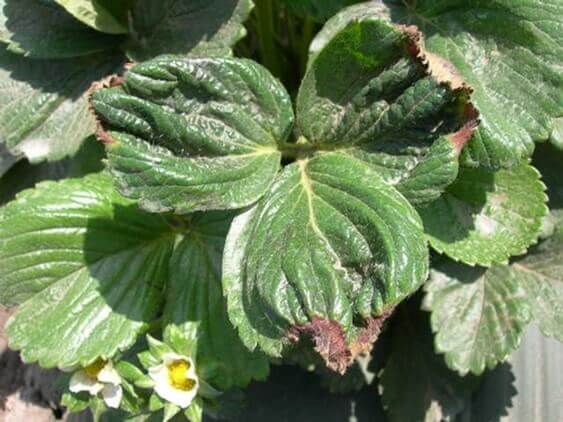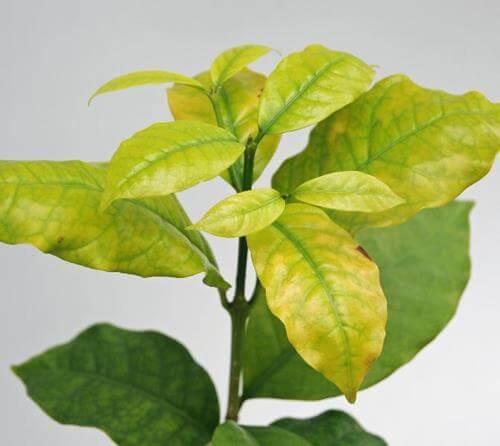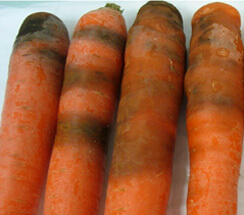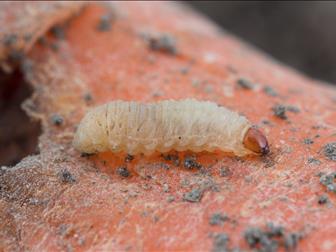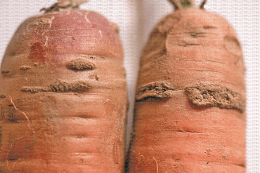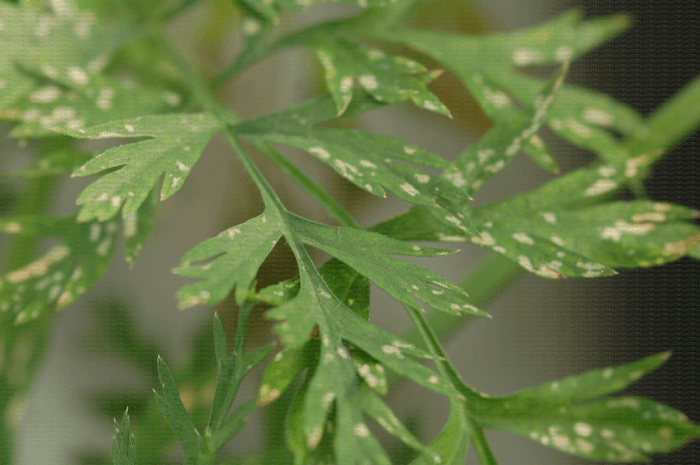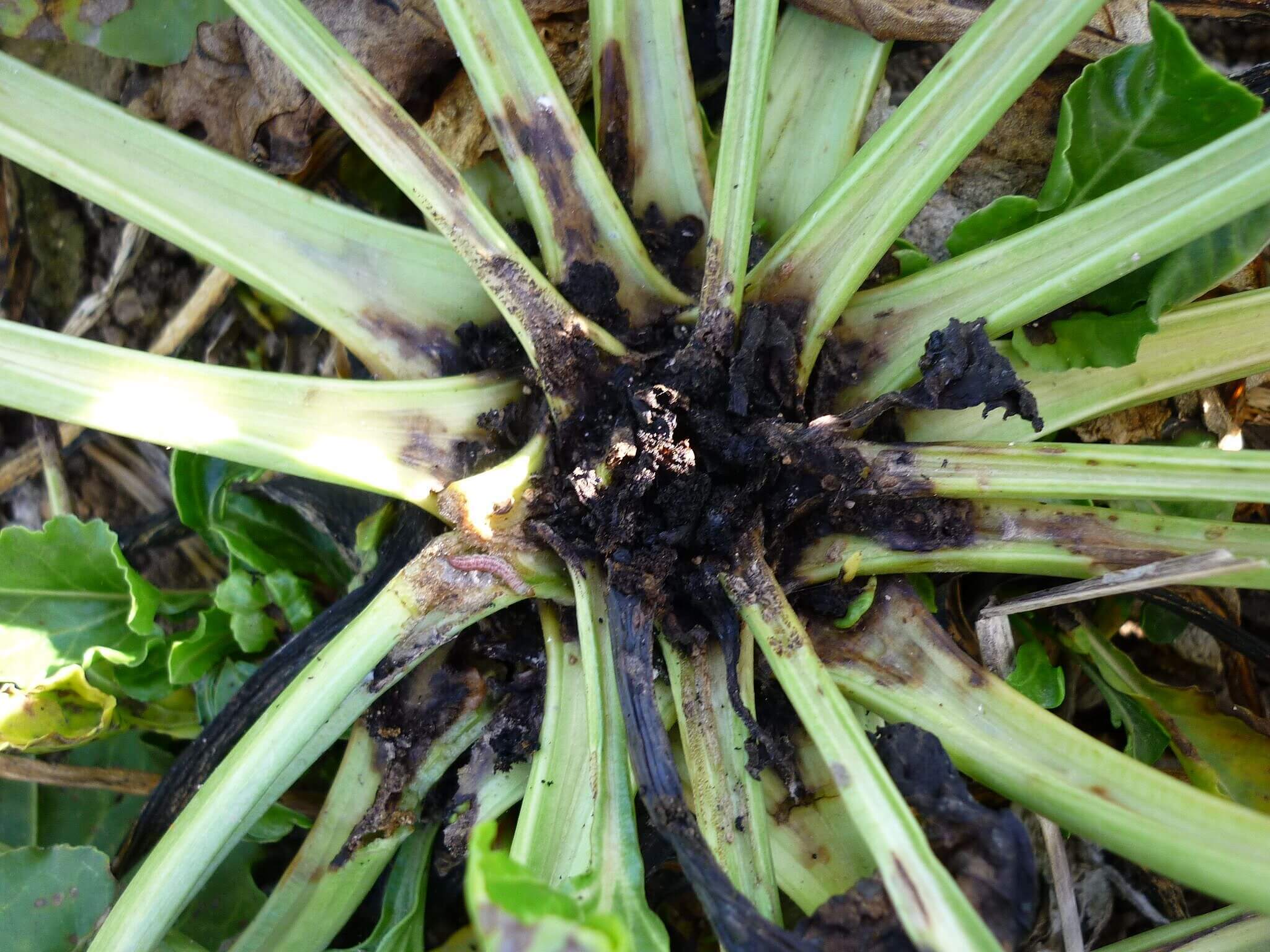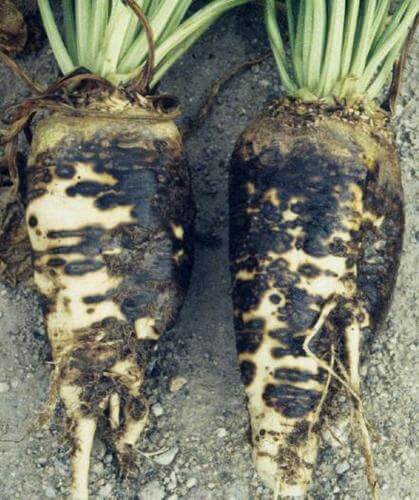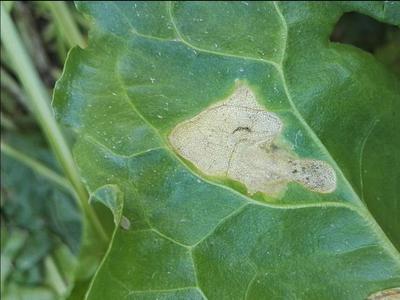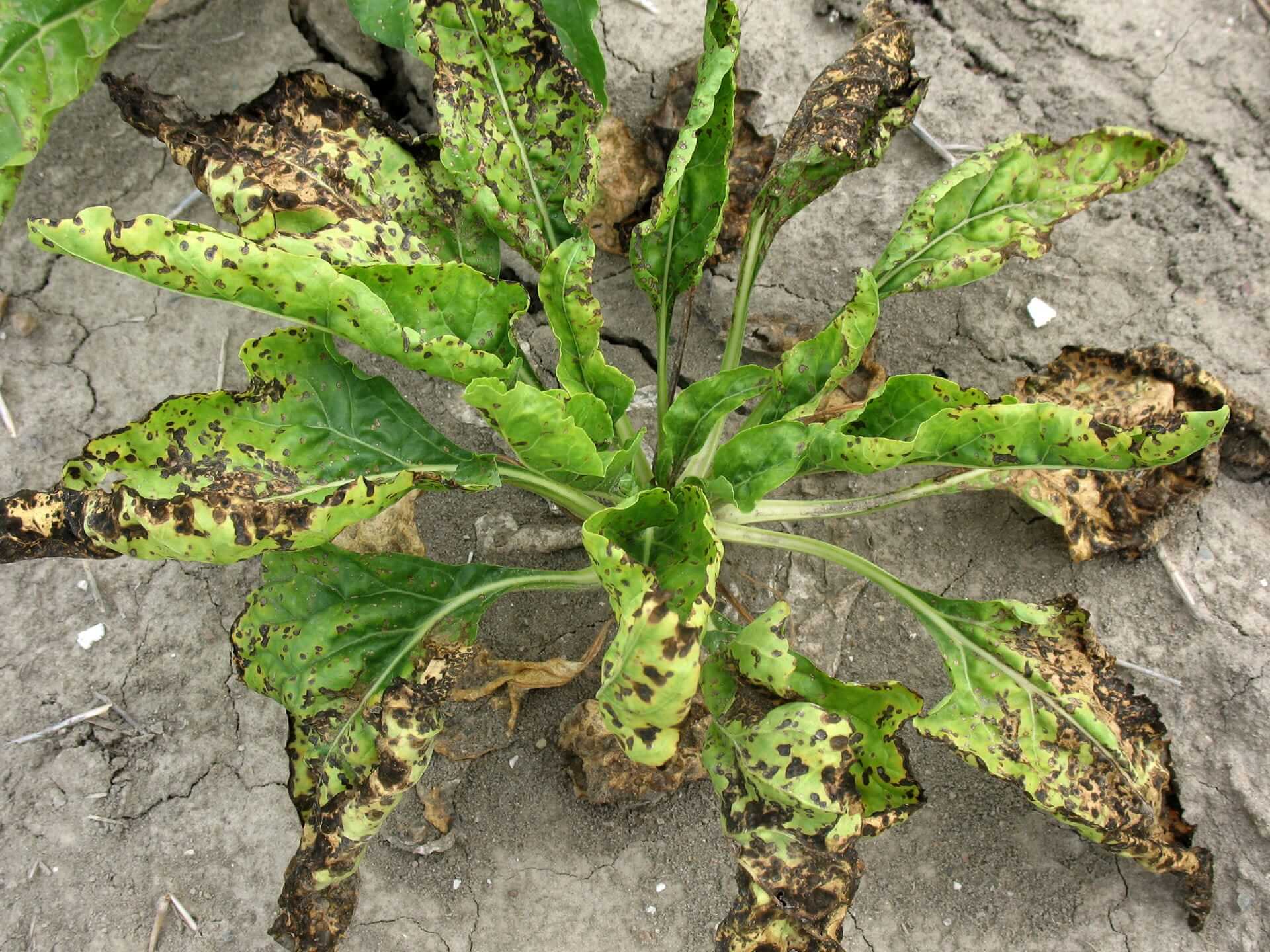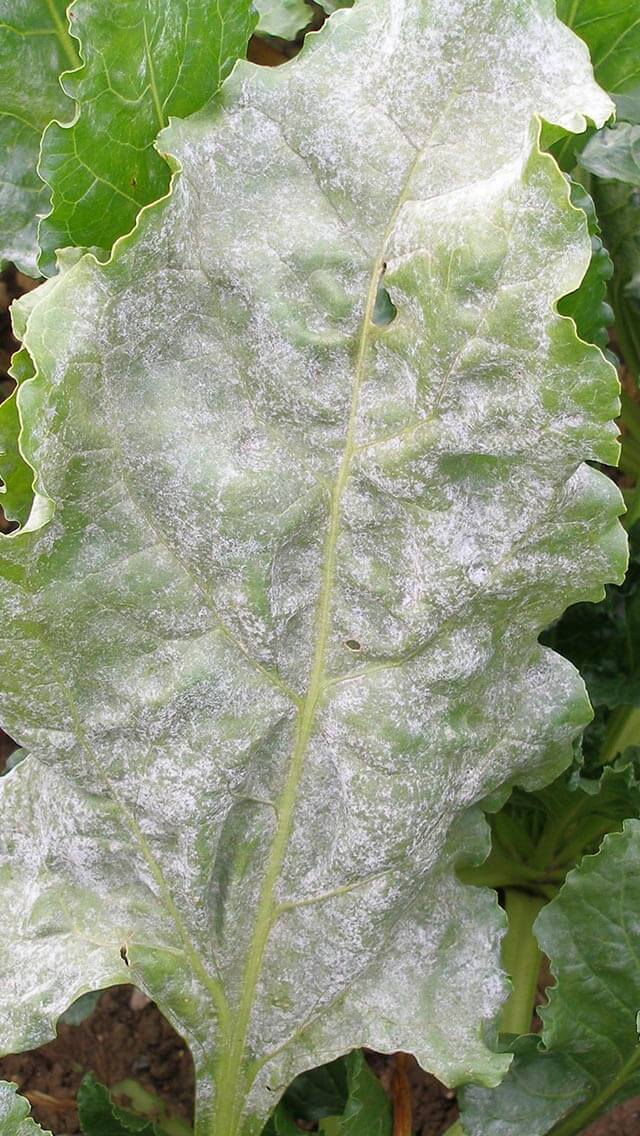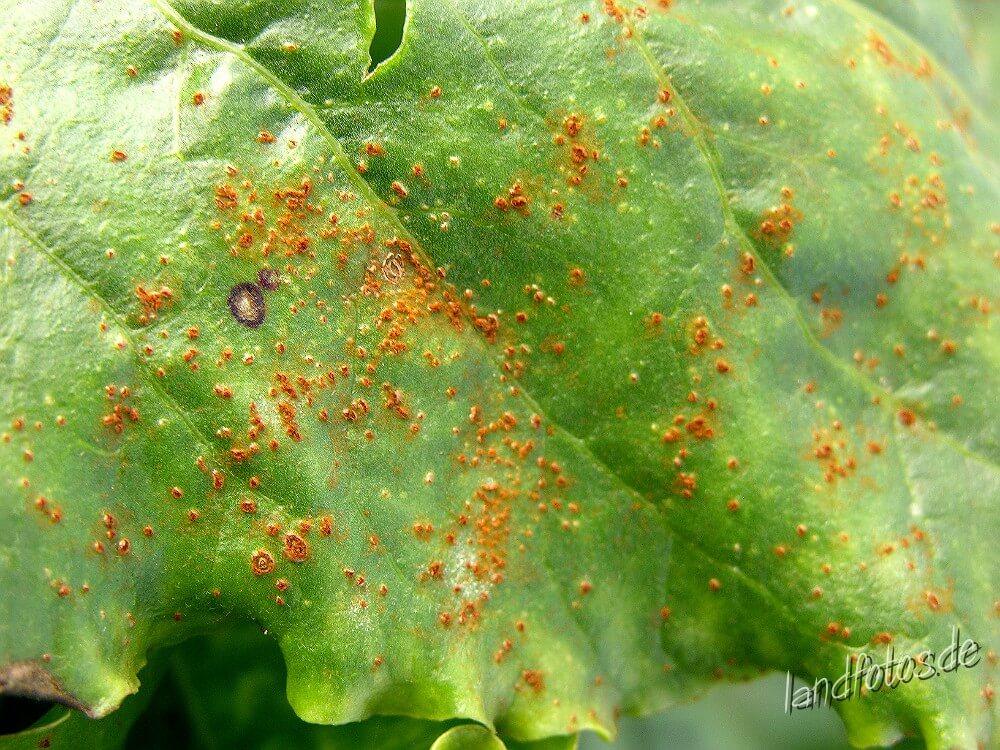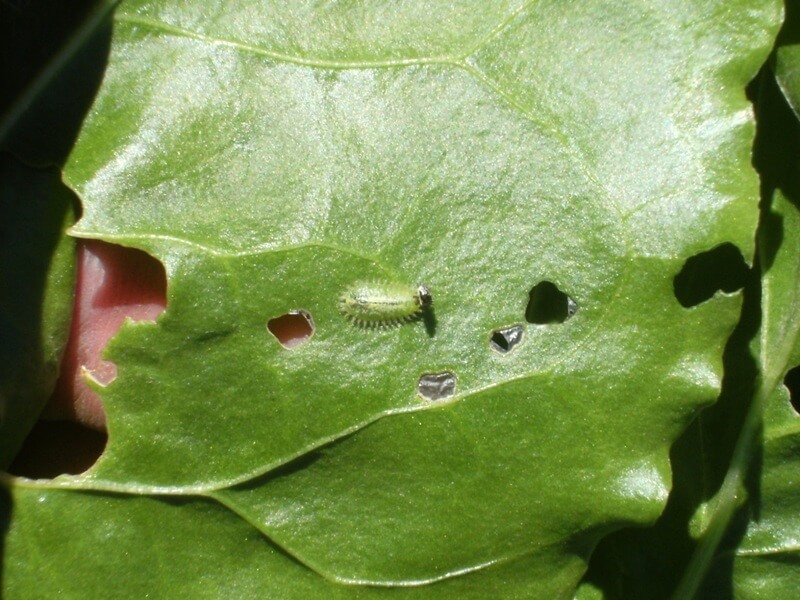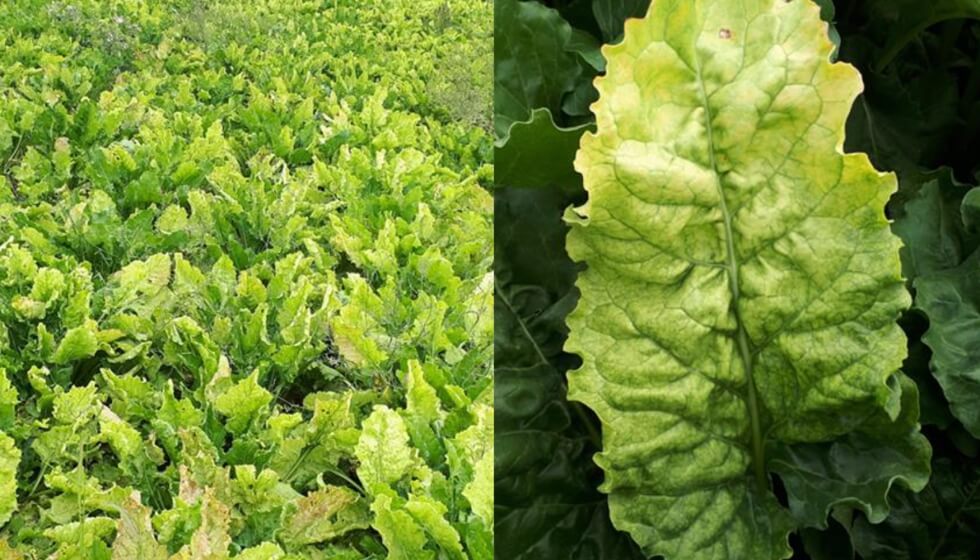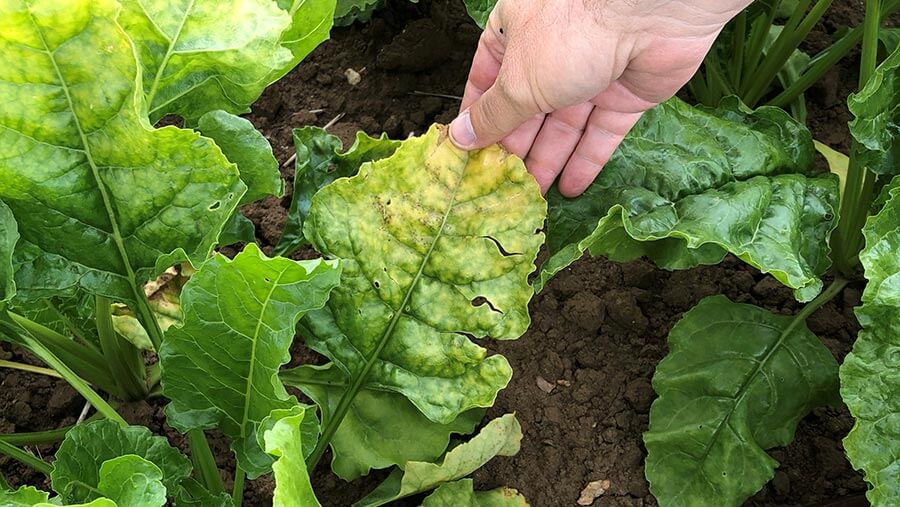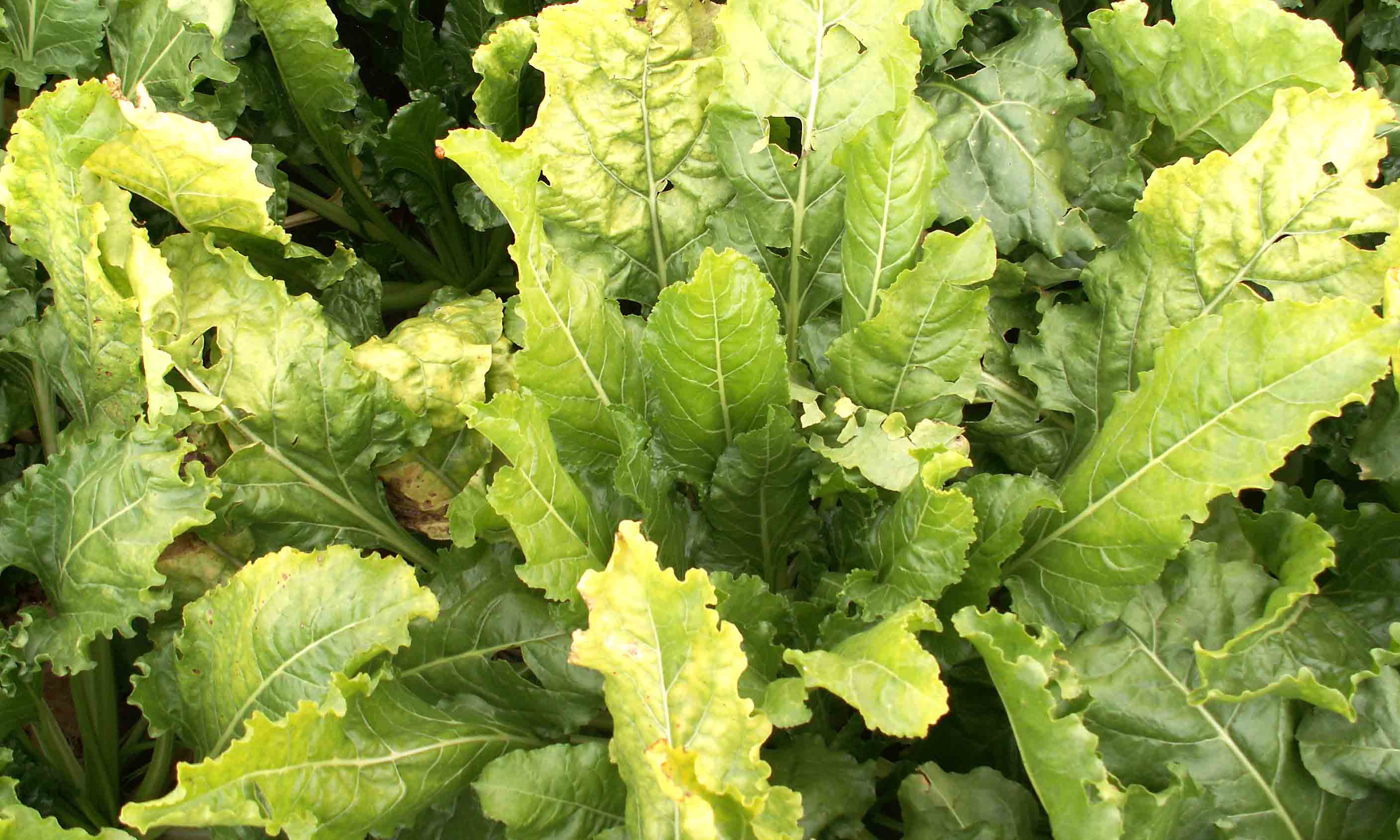
Soja
How to recognize and combat bacterial blight in soybeans
Bacterial Blight
Bacterium
Type:
Risk to the plant:
HIGH
Pseudomonas Savastanoi Pv. Glycinea
Pathogen:

Bacteriosis
WHO CAUSES IT?
Bacterial blight, caused by the bacteria Pseudomonas savastanoi pv. glycinea, is a disease that affects soybean crops in various regions of the world. This bacteria can cause significant damage to soybean plants, which can result in economic losses for farmers.
SYMPTOMS
In soybeans, bacterial blight produces a disease that manifests itself as necrotic Taches on the leaves, stems and pods of the plant. These Taches usually have a wet and oily appearance, and can expand rapidly, affecting the normal development of the plant and reducing its yield.


DEVELOPMENT CONDITIONS
Temperature:
20°C - 25°C
Humidity:
70% - 90%
HOW IS IT SPREAD?
Infected seeds, irrigation water, agricultural tools, vegetative propagation.
HOW TO ELIMINATE IT?
Home treatments
There are no home treatments
Natural allies
Chemical treatments
There are no treatments for this disease. Treatments are directed at the insect vectors that transmit it. See insect treatments.
RECOMMENDED PRODUCTS TO ELIMINATE THE PEST
Sponsored link
Sponsored link
Sponsored link
Sponsored link
Sponsored link
Sponsored link
Sponsored link
Effective against all types of fungi
Sponsored link
Sponsored link
Sponsored link
Sponsored link
Sponsored link
REPELLENT PLANTS
-
RECOMMENDATIONS





















